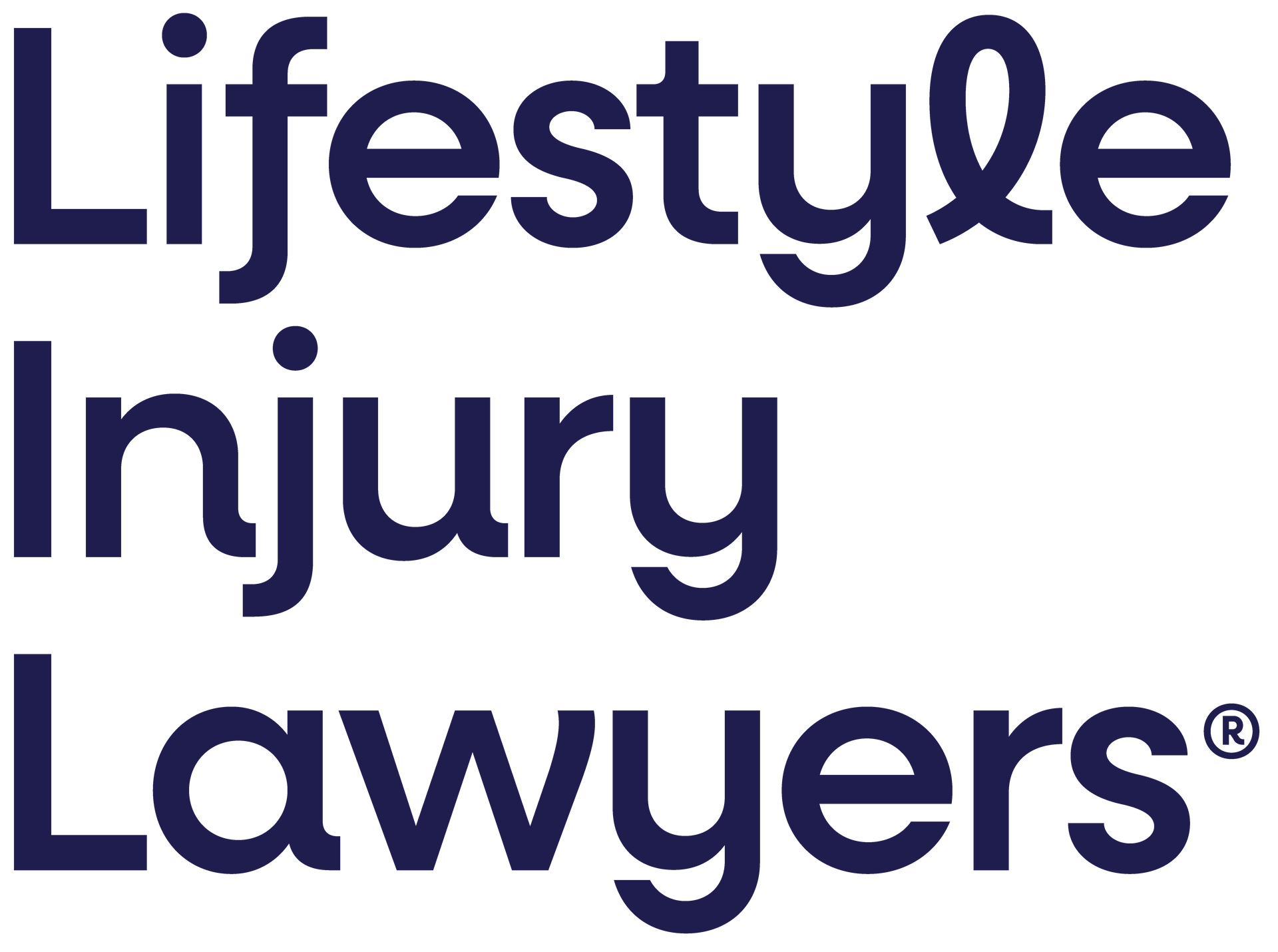Public liability claims in Queensland operate much as they do elsewhere in Australia, with the aim of compensating an individual who suffers an injury in a public place such as a shopping centre, park, pedestrian mall or recreational area due to the negligence of others.
Negligence can be a challenging legal concept to prove to be successful in a compensation claim. It involves the claimant demonstrating a duty of care relationship existed between the company or authority controlling the public space and themself, that the duty was negligently breached and that the breach was the cause of the injury. Foreseeability or likelihood of the injury occurring must also be established.
In Queensland public liability claims are governed by the provisions of the Personal Injuries Proceedings Act 2002 (‘PIPA’), which places a number of requirements on both parties to the claim – we’ll look at those in this article.
Understanding the duty of care concept
The cornerstone of any public liability claim is the concept of duty of care. Duty of care refers to the legal obligation an individual or entity has to take reasonable precautions to prevent harm to others. Well known duty of care relationships exist between a doctor and a patient, and between a teacher and their student, for example. In the context of public liability claims, it means that property owners, occupiers, or businesses must ensure that their premises are safe for visitors. Establishing duty of care is the first hurdle in proving negligence, and it’s not always straightforward to do so.
Proving duty of care: Proving duty of care requires demonstrating that the defendant owed a duty to the injured party. In many public liability cases, this duty is implied. For instance, if you slip and fall in a shopping mall, it’s understood that the mall owners owe a duty of care to ensure that their premises are safe for shoppers. However, the scope and extent of this duty can vary depending on the circumstances.
To successfully establish duty of care, claimants must typically show:
- That there is a legally recognised relationship between the claimant and the defendant that implies a duty of care. This relationship can be established through the person’s status as an invitee, licensee, or trespasser.
- Claimants must demonstrate that the harm suffered was foreseeable. In other words, the defendant should have reasonably anticipated that their actions or omissions could lead to injuries.
- Claimants must prove that the defendant failed to meet the reasonable standard of care expected in similar circumstances. This often involves expert testimony and evidence.
The challenge of proving negligence
Once duty of care is established, the claimant must prove that the defendant’s breach of that duty directly caused their injuries. This is where public liability claims in Queensland become particularly challenging. Establishing causation can be complex, especially when multiple factors are involved or when there is a dispute about who is at fault.
Furthermore, defendants often employ a range of tactics to challenge negligence claims. They may argue that the claimant contributed to their injuries through their own negligence (contributory negligence), or that the hazard was so obvious that the claimant should have noticed and avoided it (obvious risk defence).
How the Personal Injuries Proceedings Act works
In Queensland, PIPA plays a significant role in the resolution of public liability claims. This legislation was introduced to streamline the personal injury claims process and promote early settlement. It imposes certain requirements on both claimants and defendants.
Key requirements under the Act include:
Pre-court procedures: Claimants must first follow a specific pre-court procedure, which includes notifying the potential defendant of their intention to make a claim and participating in a conference aimed at resolving the matter without going to court.
Under PIPA, the person alleged to have caused the injury must be notified about the injured party’s intention to make a claim. A Part 1 Notice to the respondent must be issued nine months from the date you sustained the injury, or one month from the date you first instructed a lawyer (other than a lawyer working at a community legal centre). This notice requires detail on the incident which led to the injury, any medical treatment received and any relevant pre-existing medical conditions or injuries.
A respondent has one month to reply to a Part 1 Notice about whether they are the proper respondent and/or accept that the notice complies with PIPA requirements. Failure to respond is acceptance of the notice.
A Part 2 Notice – including documents related to the injury, economic loss, medical treatment or rehabilitation – must then be given to the respondent within two months of the earlier of: the date the respondent replies to the Part 1 Notice; or the date the respondent is presumed to have accepted your Part 1 Notice.
Section 4 of PIPA makes it clear the Act’s purpose is to facilitate the affordability of insurance through appropriate and sustainable awards of damages for personal injury. This is achieved by its provisions establishing a procedure for the speedy resolution of damages claims; promoting early settlement of claims where possible; ensuring that a person may not start a proceeding in a court without being fully prepared for resolution of the claim by settlement or trial; putting reasonable limits on awards of damages; minimising the costs of claims; and regulating inappropriate advertising and touting by law firms.
Discuss your case with expert compensation lawyers
While PIPA aims to expedite the claims process and reduce litigation, it can still be challenging for claimants to navigate, especially if they do not have legal representation. Additionally, the Act’s provisions can vary depending on the specific circumstances of the claim. Proving the elements of negligence from duty of care to breach and causation are our specialty at Lifestyle Injury Lawyers, so call our personal injury lawyers today if the topic of this article is relevant to you.

